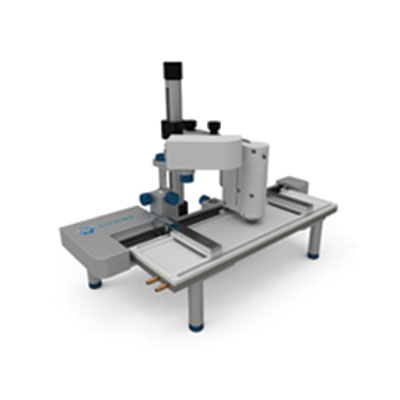Trang chủ
Giới thiệu
Sản phẩm
- Prin-Cen
- LNI SWISSGAS
- Edwards
- ERALY & Associés
- A&D
- ECH Elektrochemie Halle GmbH
- NCS Testing Technology GmbH
- FireflySci
- Intereng Kabelmesstechnik GmbH
- Holbach GmbH
- EKF Diagnostics
- GFS
- JULABO GmbH
- Deltatronic Technology
- Ayalytical Instruments
- High Purity Northwest Inc
- General Electric Company
- Cambridge Sensotec Limited
- Pamas GmbH
- Orbis BV
- Reichert Technologies
- Biolin Scientific
- Brookhaven Instruments Corp
- Xenemetrix
- Aqualabo
Kinh doanh & hỗ trợ
Công nghiệp
Tin tức & sự kiện
Liên hệ


 (028) 22 611 711
(028) 22 611 711
 Danh mục
Danh mục
 High Purity Northwest Inc.
High Purity Northwest Inc.
 Phóng Điện Cục Bộ
Phóng Điện Cục Bộ































 Gọi điện
Gọi điện SMS
SMS Chỉ Đường
Chỉ Đường